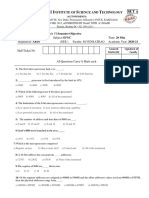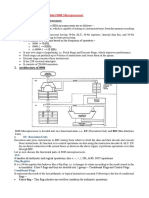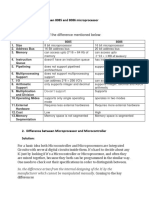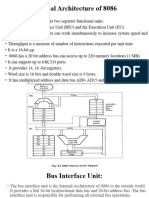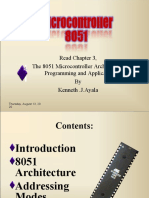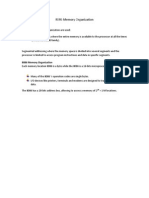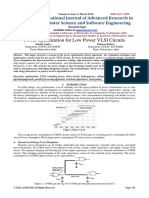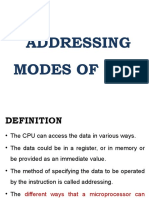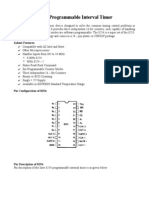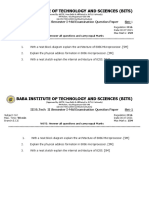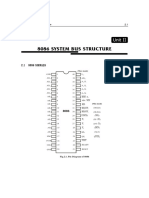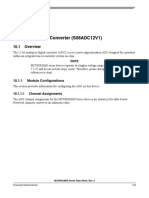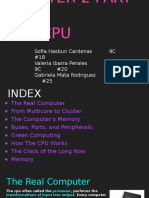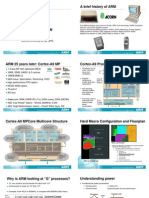0% found this document useful (0 votes)
241 views30 pagesMIC
The document discusses the status flags and control flags of the 8086 flag register. It explains that the status flags - carry flag, parity flag, auxiliary carry flag, zero flag, and sign flag - indicate the results of arithmetic logic unit (ALU) operations. The control flags - trap flag, interrupt flag, direction flag - control program execution and interrupts. It also provides examples of how each flag is set or reset based on operations.
Uploaded by
P KalamkarCopyright
© © All Rights Reserved
We take content rights seriously. If you suspect this is your content, claim it here.
Available Formats
Download as DOCX, PDF, TXT or read online on Scribd
0% found this document useful (0 votes)
241 views30 pagesMIC
The document discusses the status flags and control flags of the 8086 flag register. It explains that the status flags - carry flag, parity flag, auxiliary carry flag, zero flag, and sign flag - indicate the results of arithmetic logic unit (ALU) operations. The control flags - trap flag, interrupt flag, direction flag - control program execution and interrupts. It also provides examples of how each flag is set or reset based on operations.
Uploaded by
P KalamkarCopyright
© © All Rights Reserved
We take content rights seriously. If you suspect this is your content, claim it here.
Available Formats
Download as DOCX, PDF, TXT or read online on Scribd
/ 30




